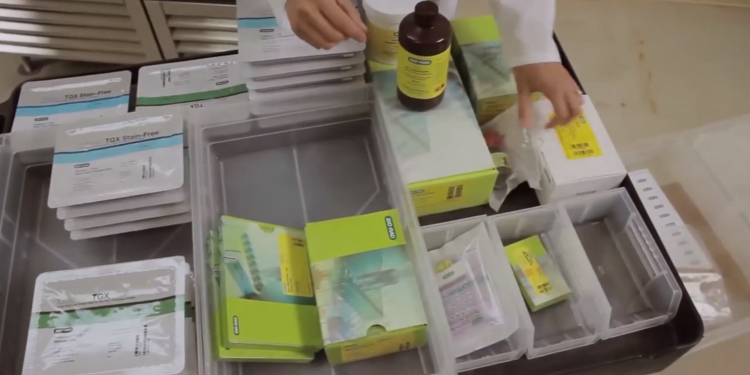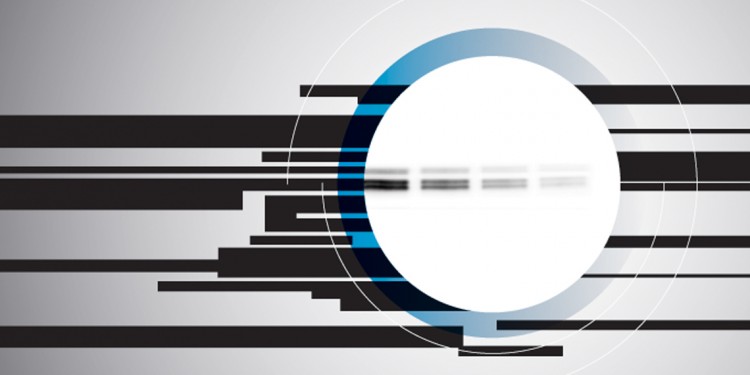
How to Remove Stripes from a Gel Image — ChemiDoc™ Imager Filter Alignment
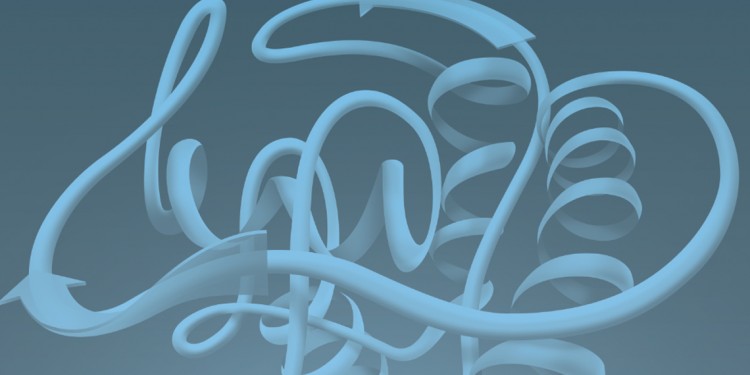
Ligand Immobilization in Protein Interaction Studies — An Unattended Amine Coupling Protocol with Automatic Coinjection Activation
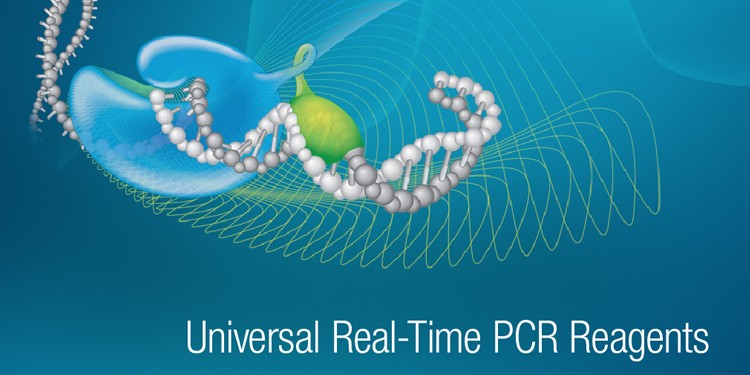
Bio-Rad’s Universal Real-Time PCR App – Everything You Need to Know about Real-Time PCR at Your Fingertips
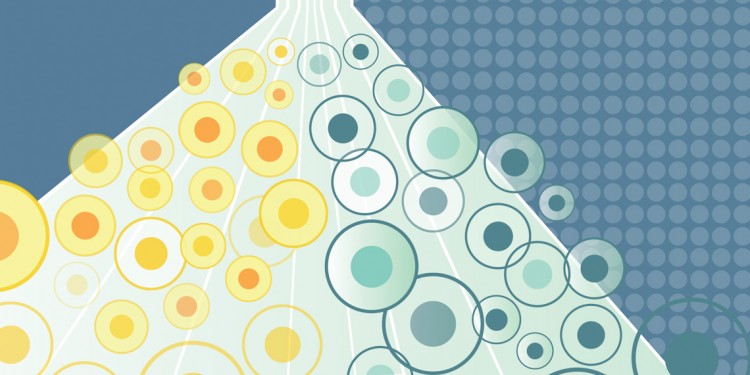
Developing Bio-Rad’s S3™ Cell Sorter: The Great Cell Sorting Redesign
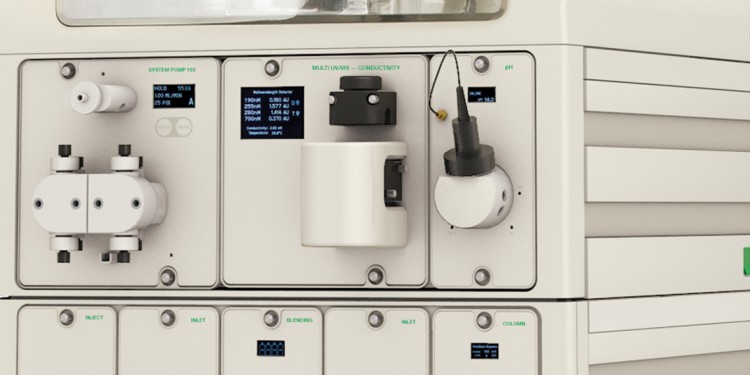
Protein Purification Workflow Development Using Bio-Rad’s NGC™ Chromatography System
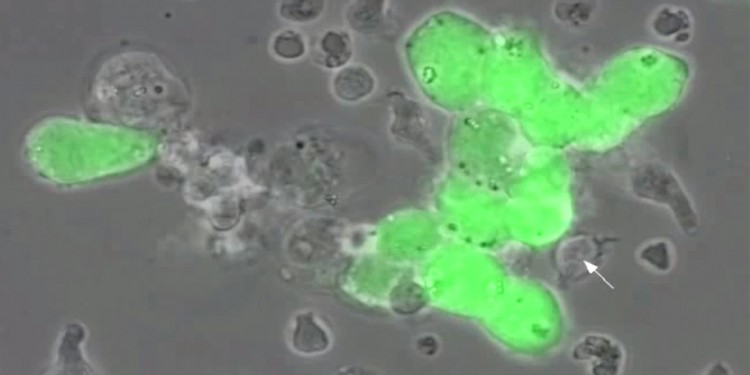
Unlocking the Structures of Natural Killer Cell Receptors with the NGC™ Chromatography System
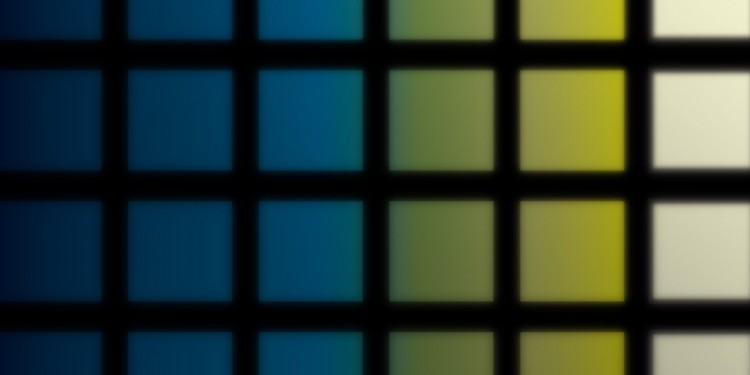
Novel Liposome-Capture Surface Chemistries to Analyze Drug-Lipid Interaction Using the ProteOn™ XPR36 System
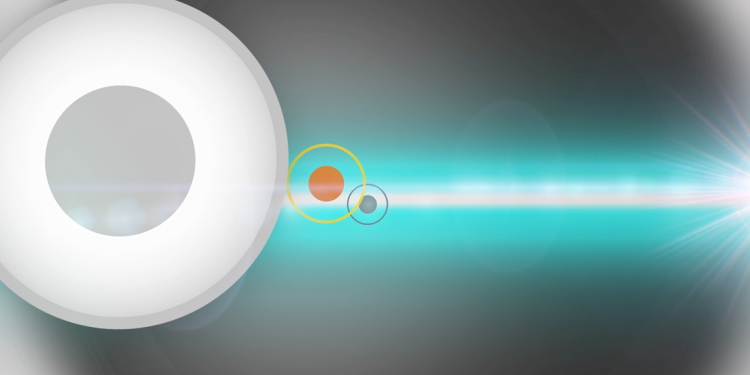
DIY Cell Sorting with Bio-Rad’s S3™ Cell Sorter
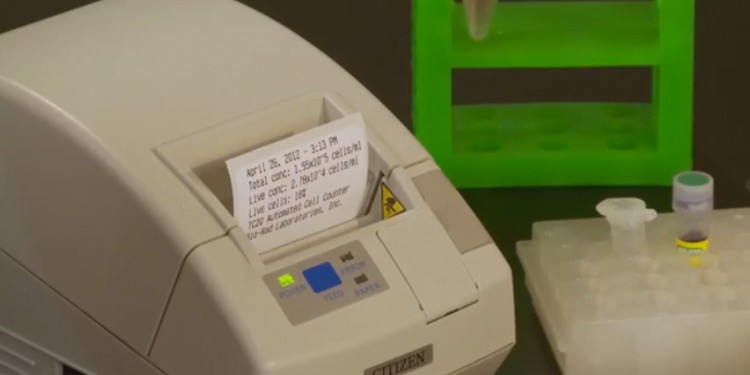
TC20™ and TC10™ Cell Counters – Cleaning the Print Heads for Clear Printed Results
